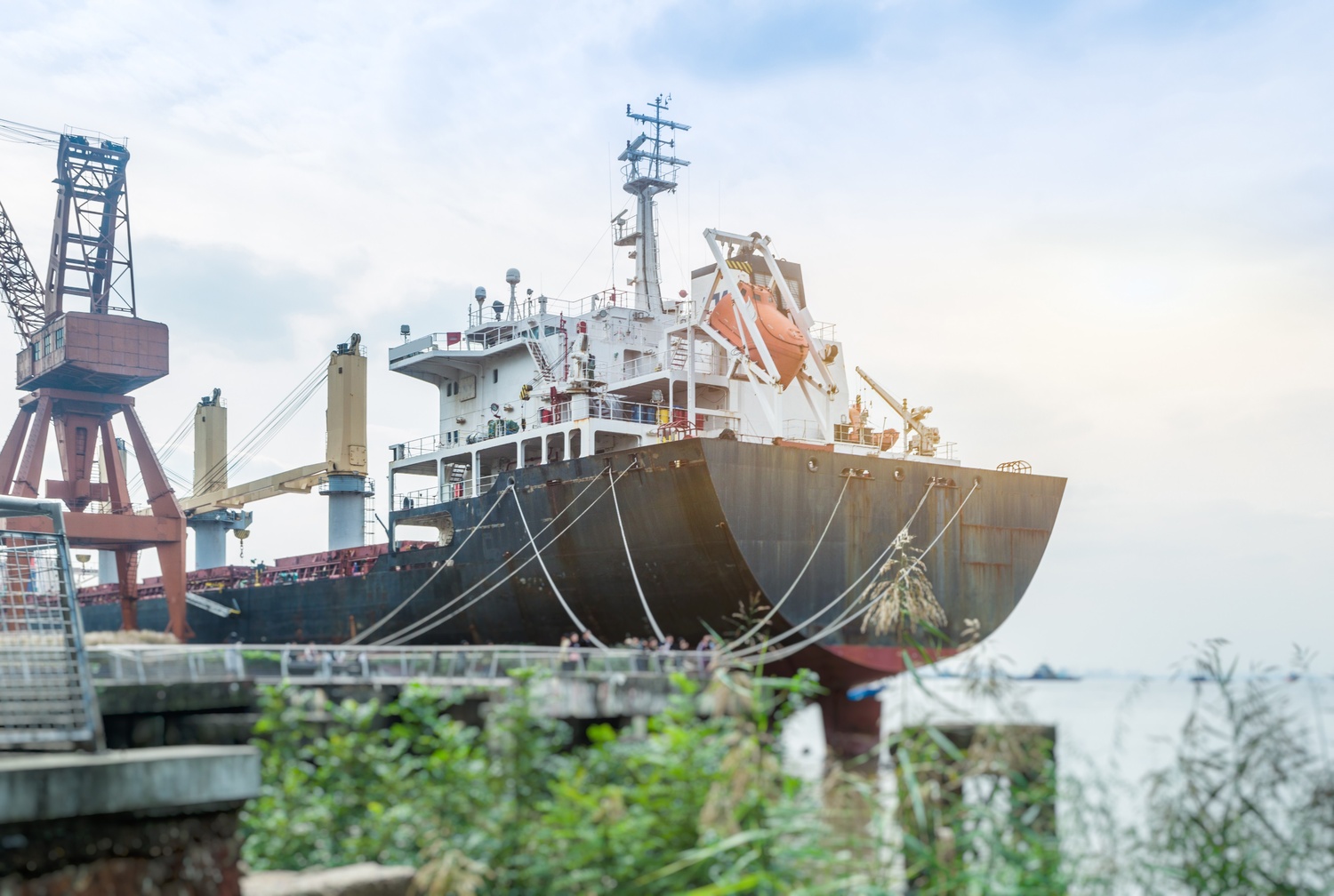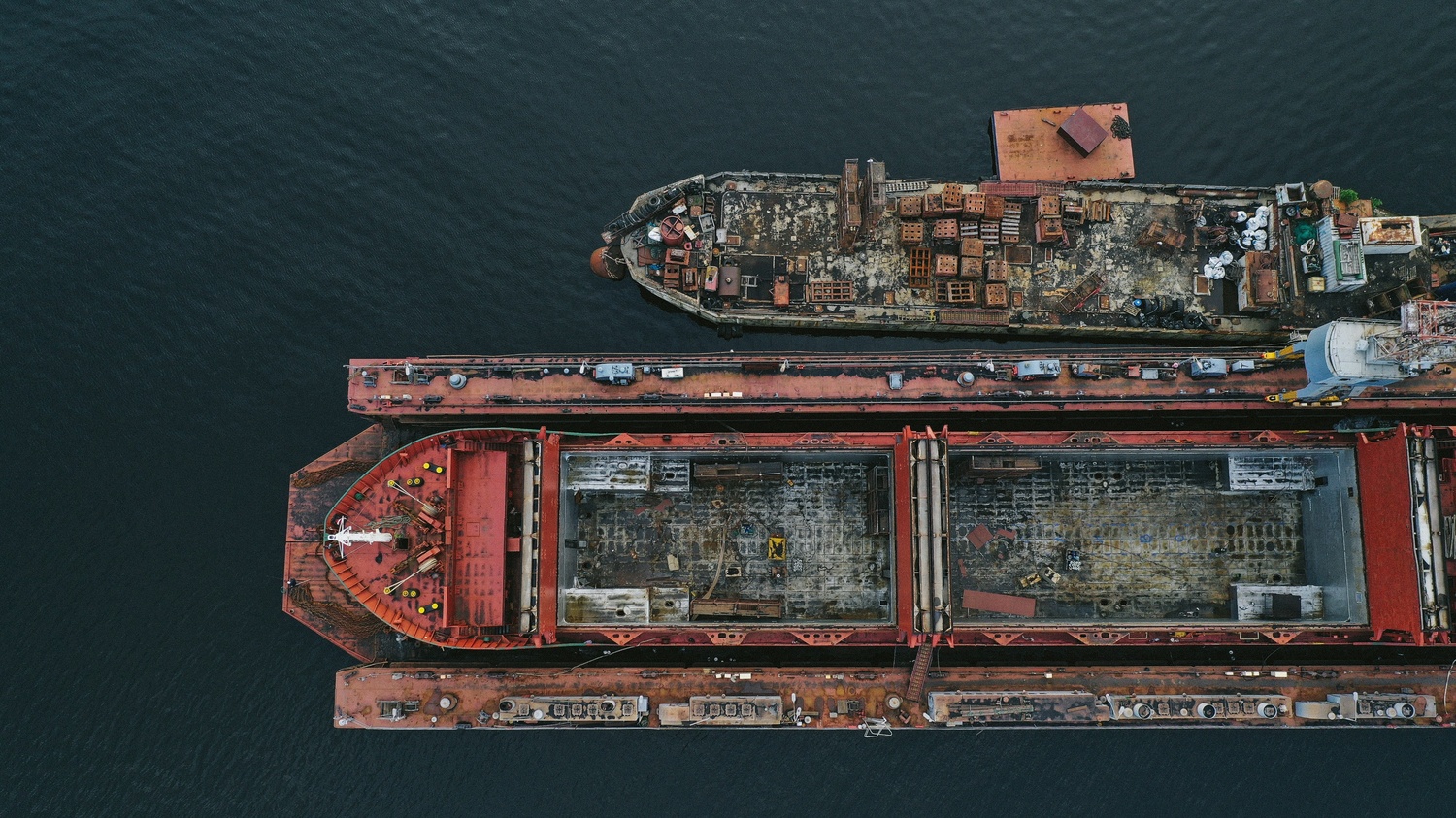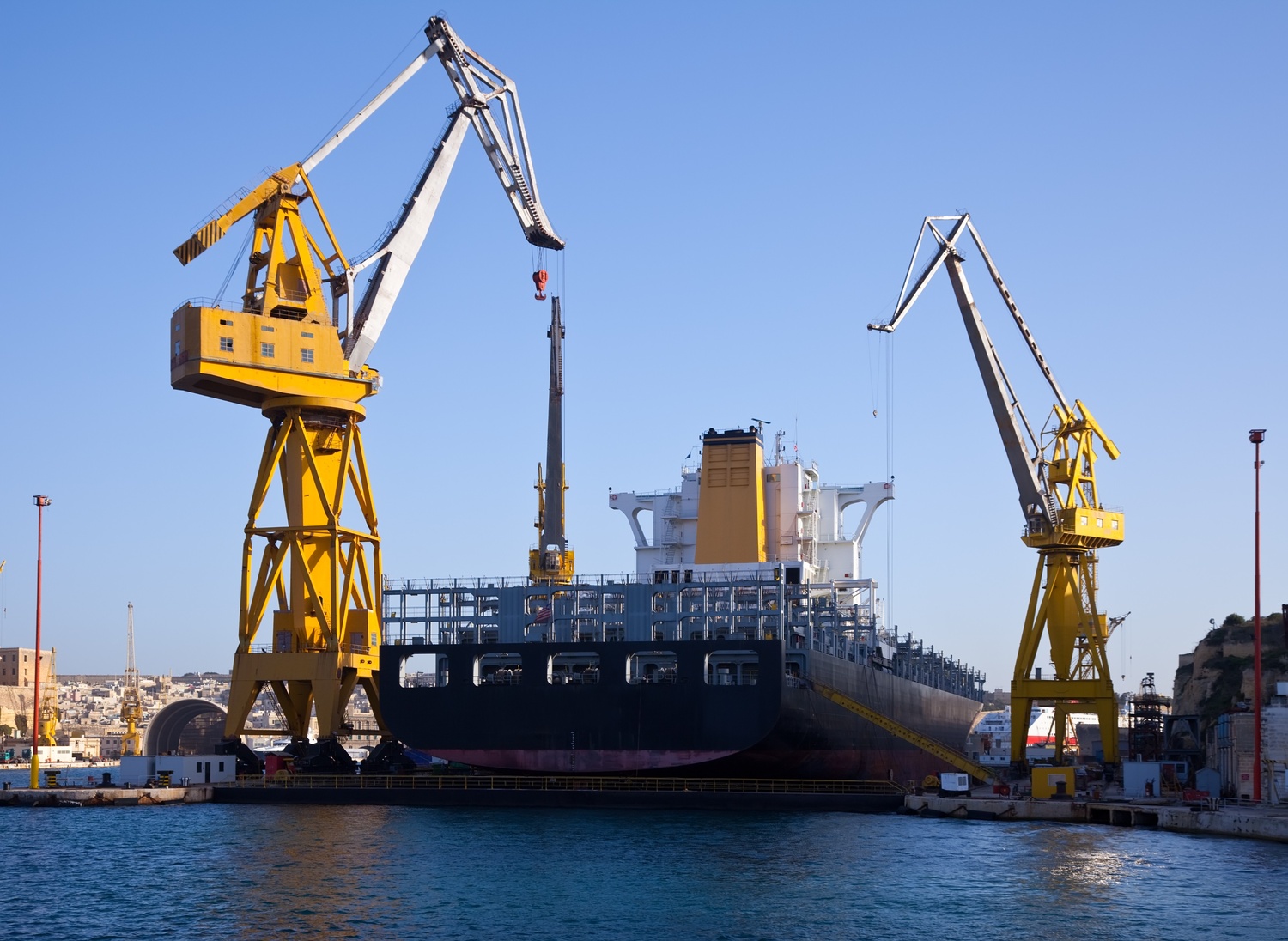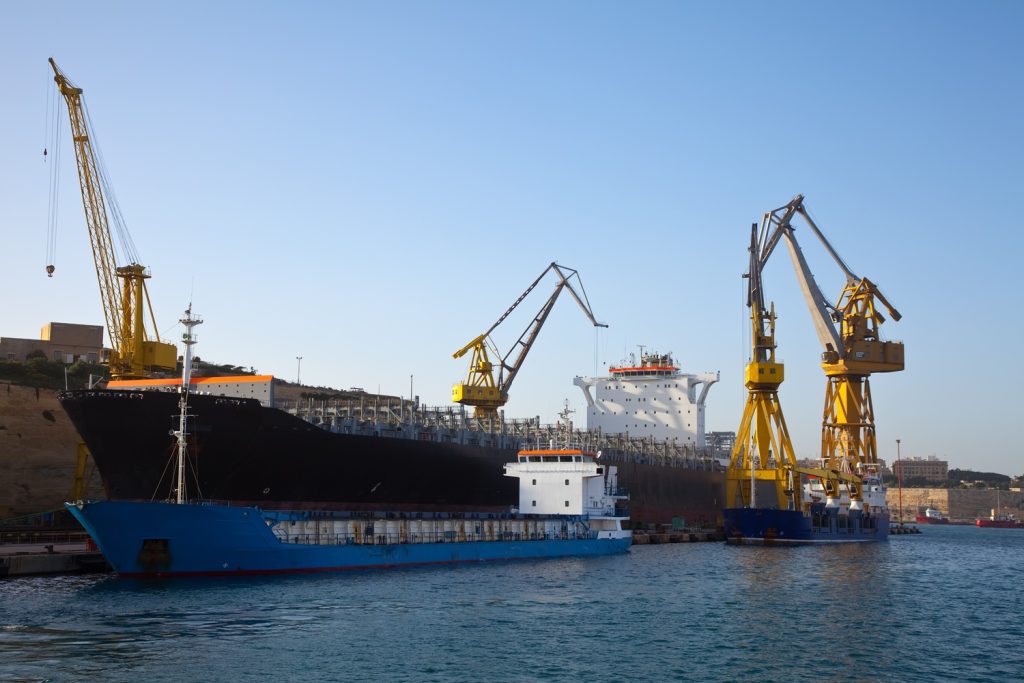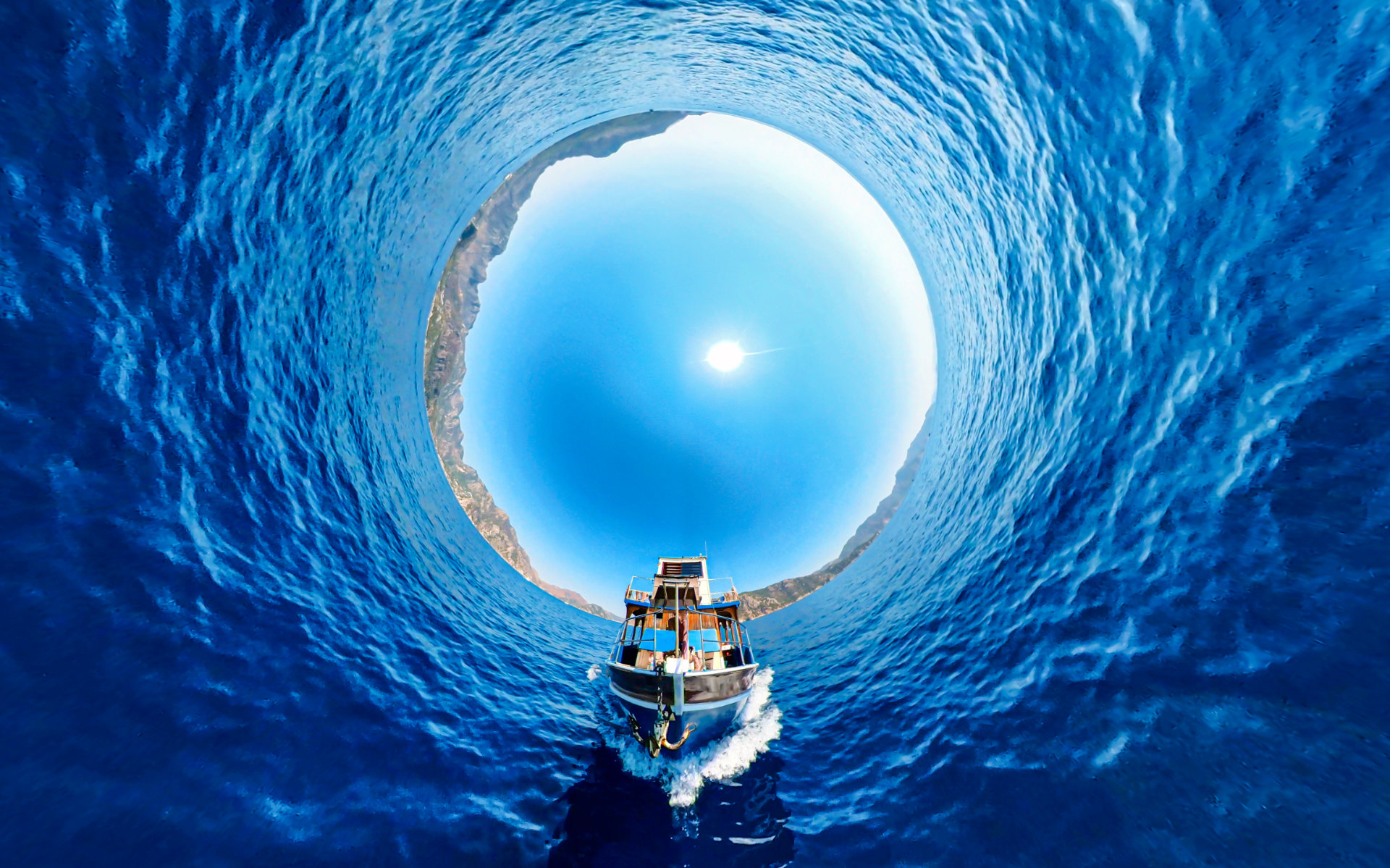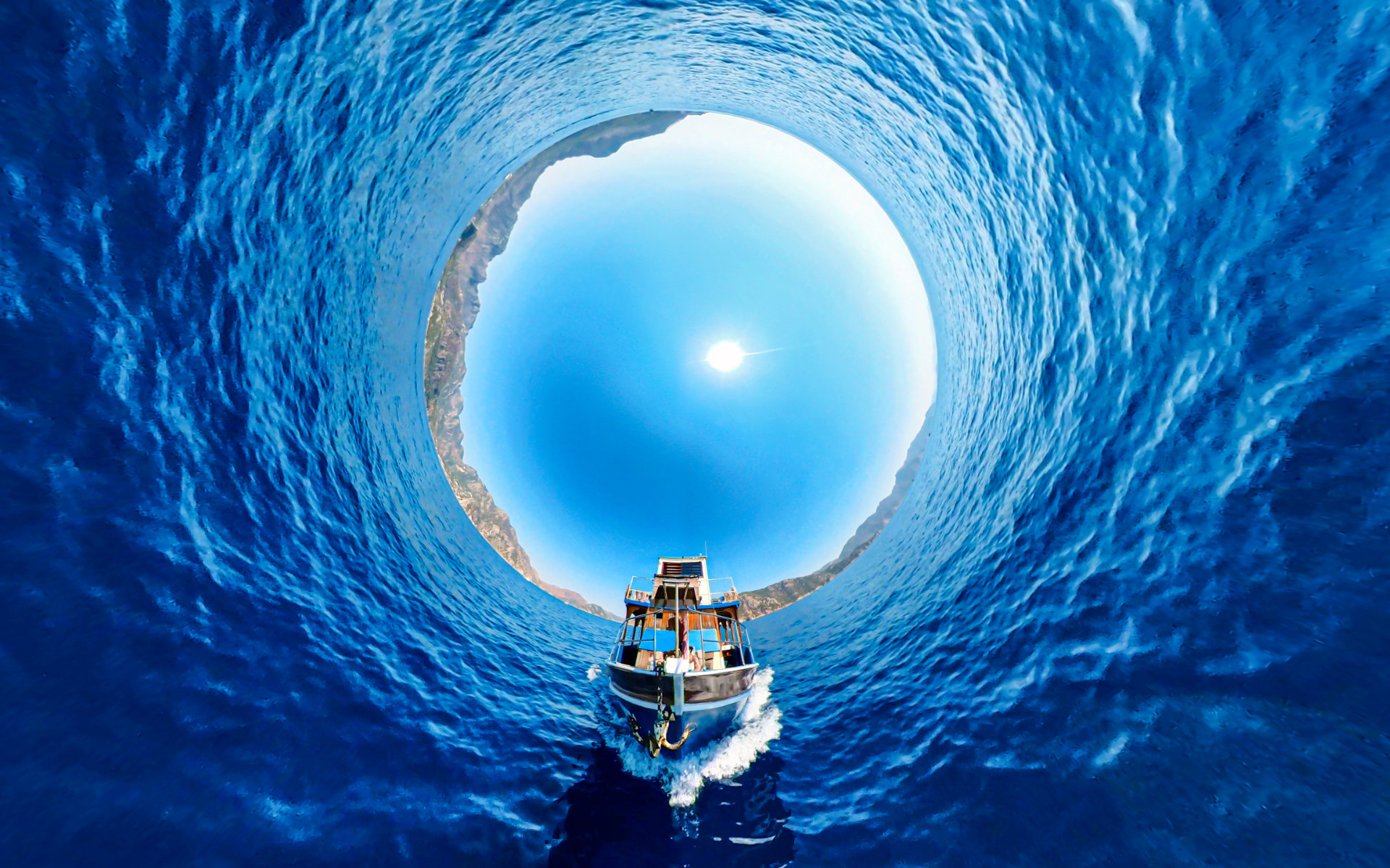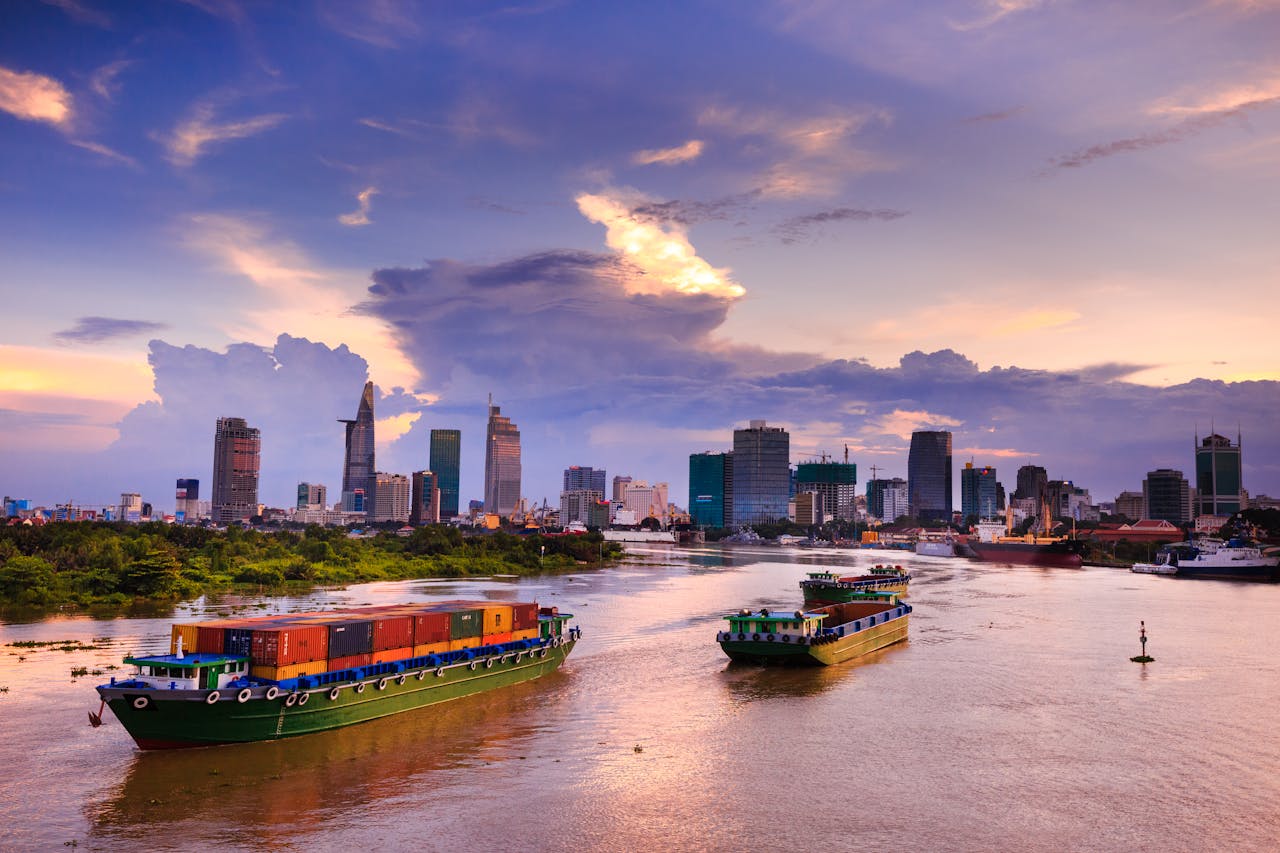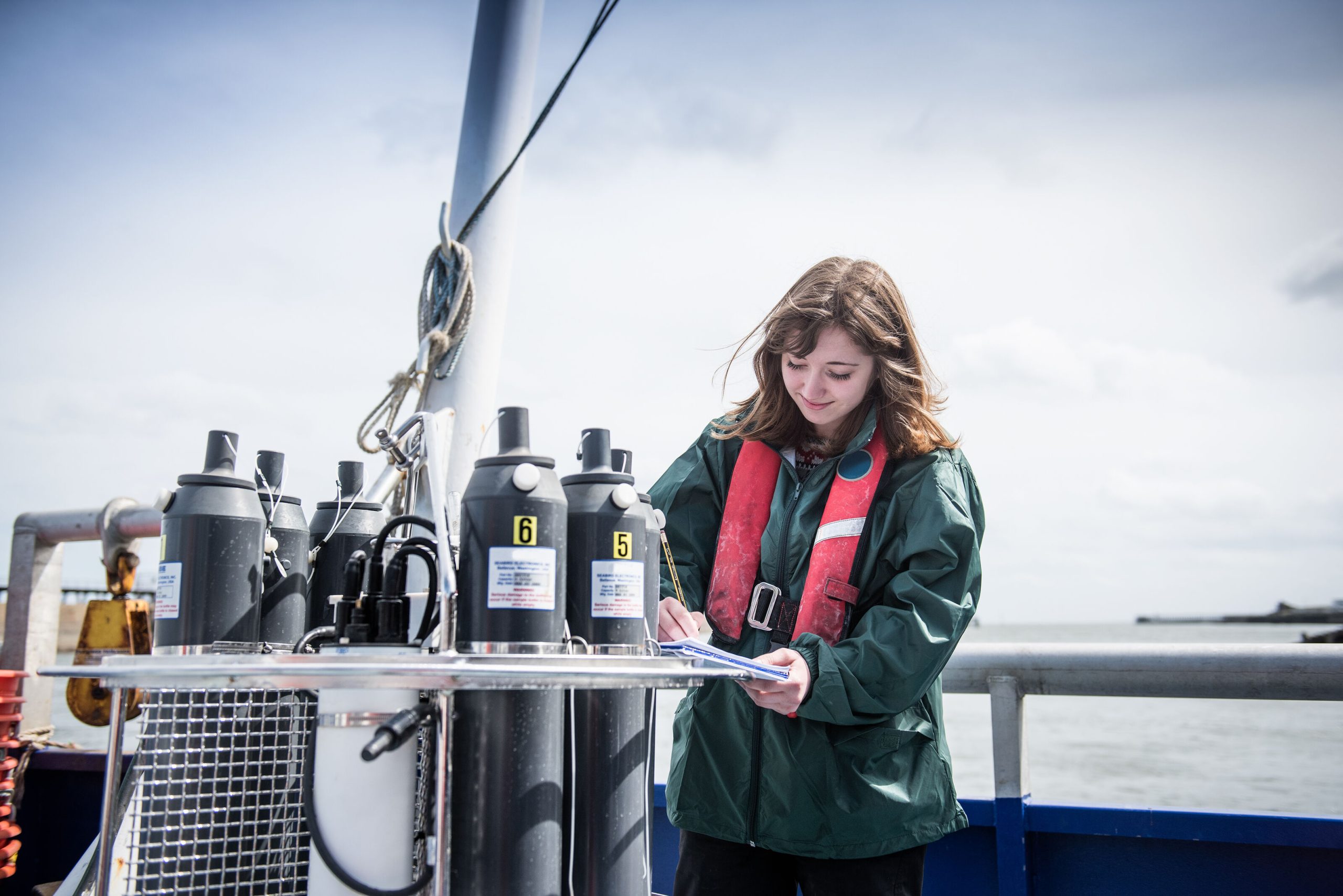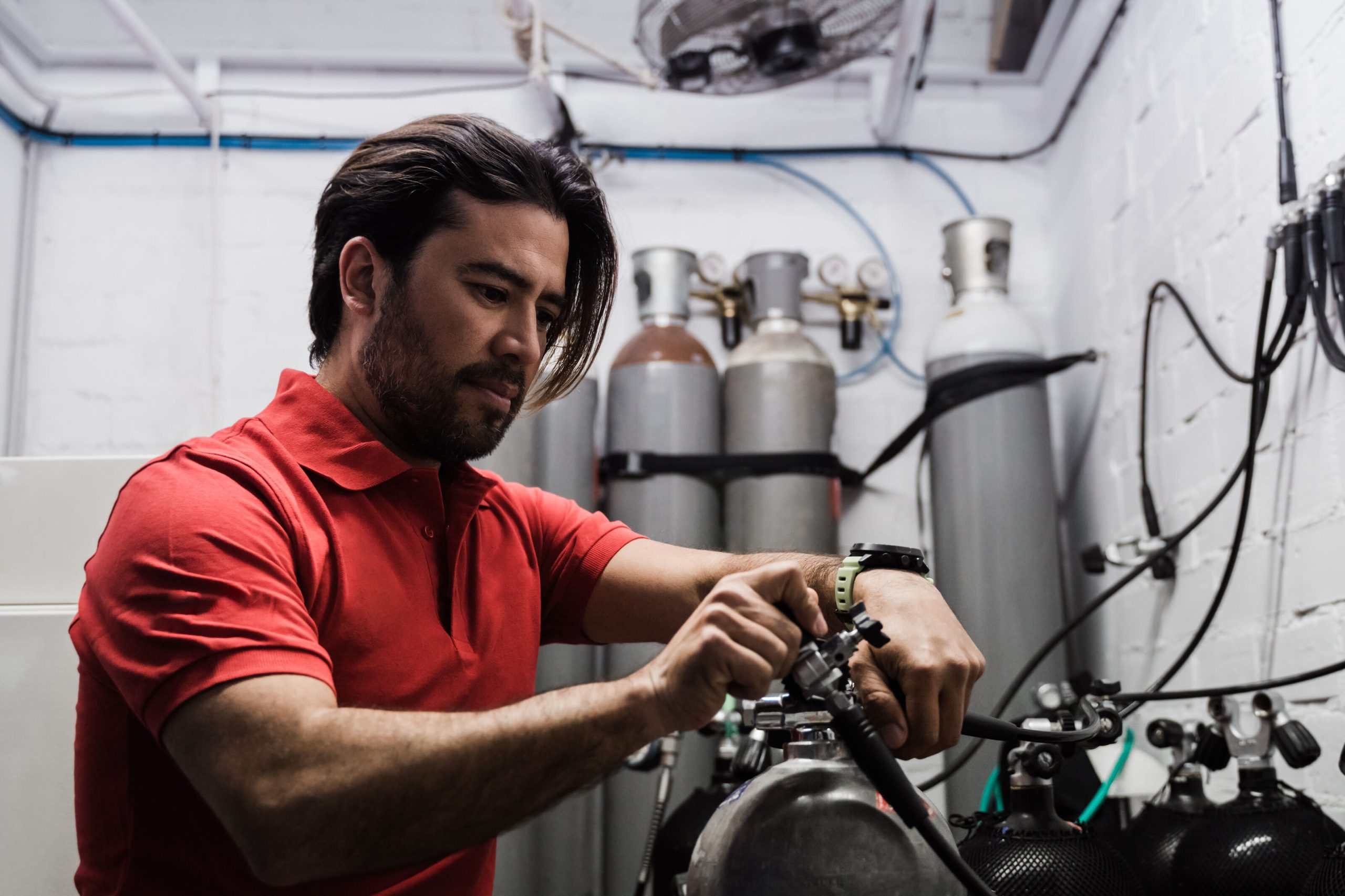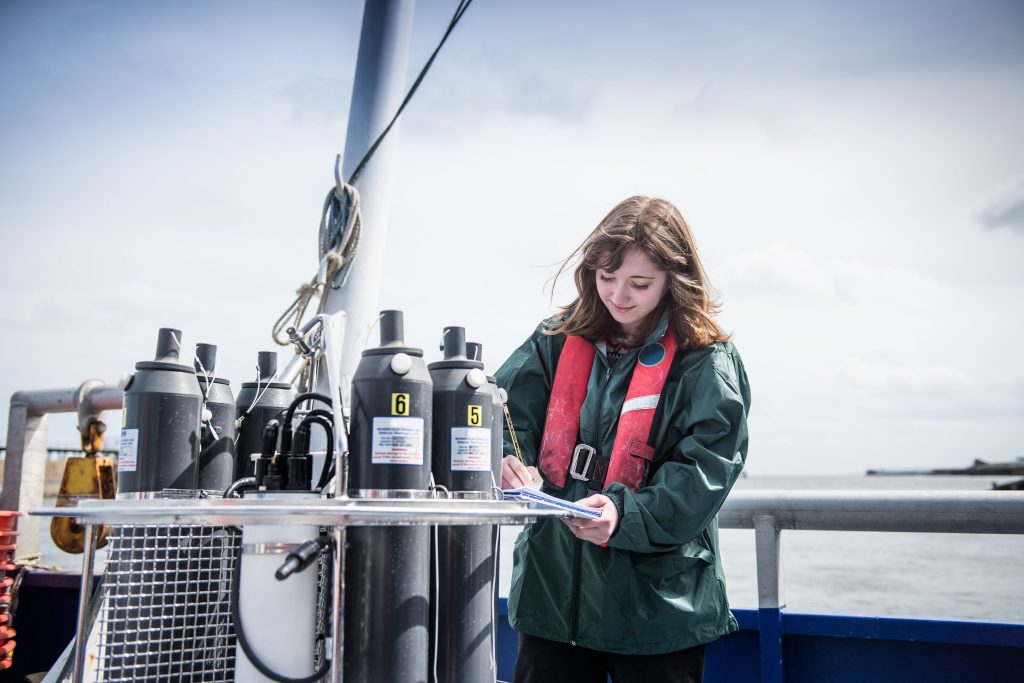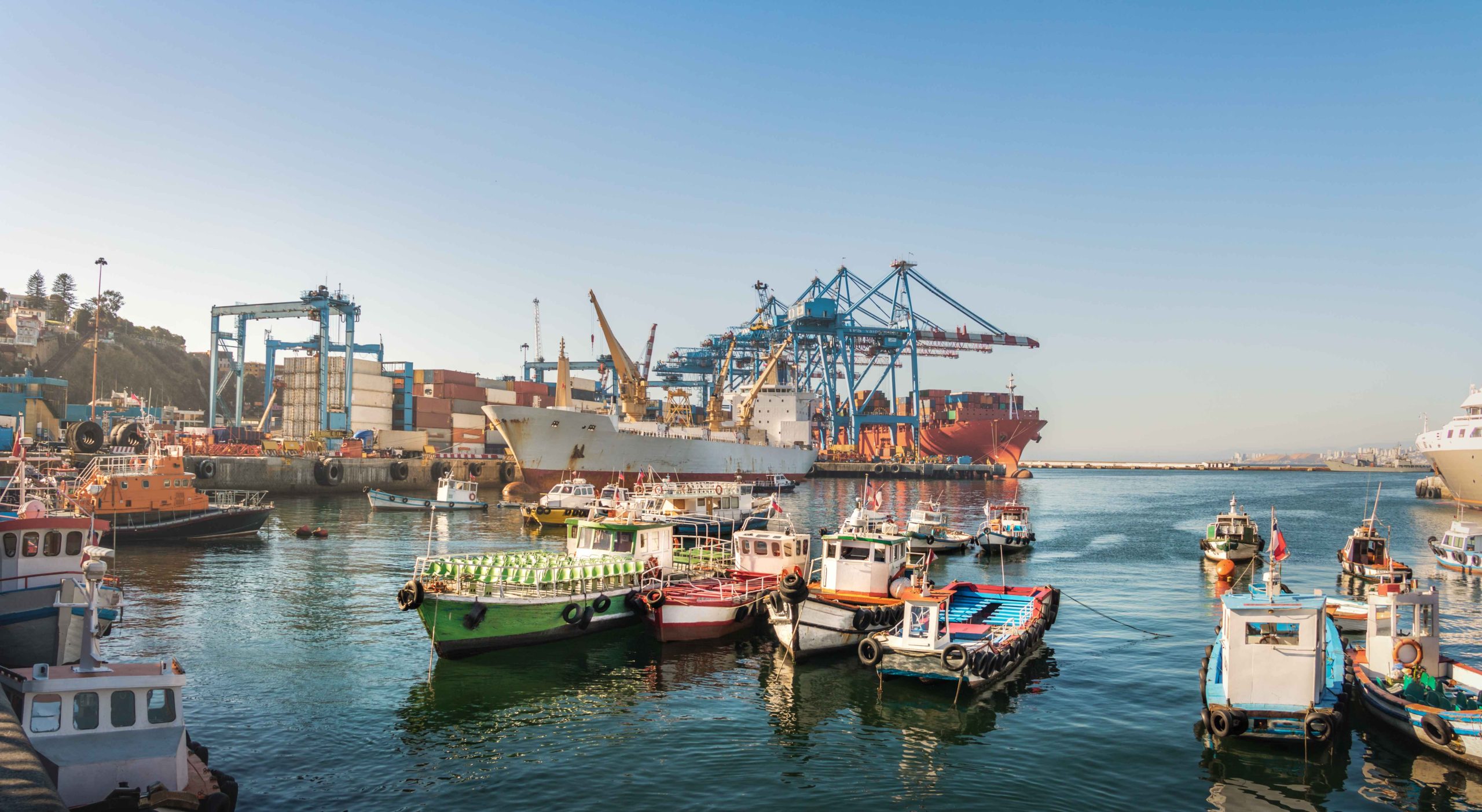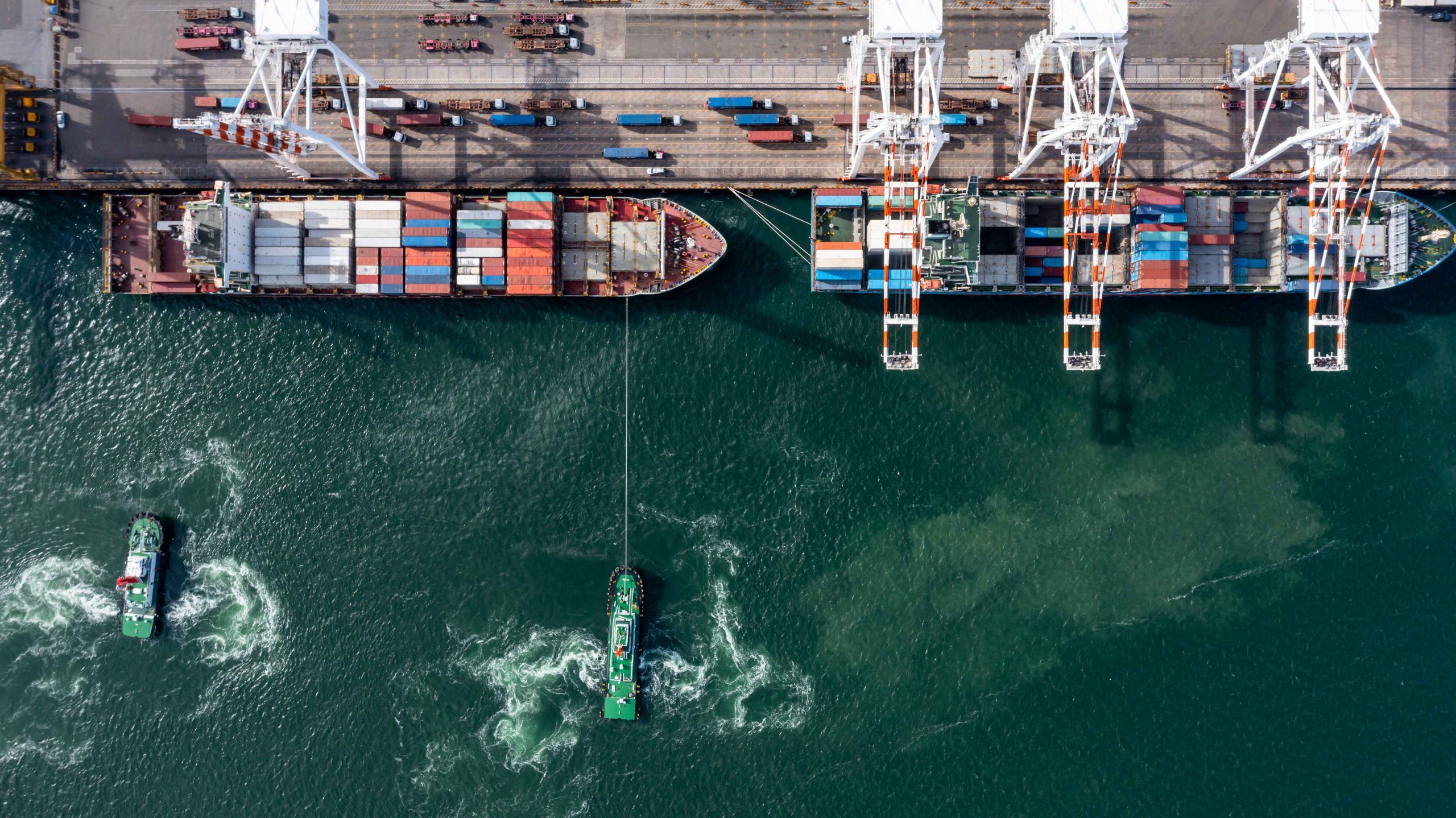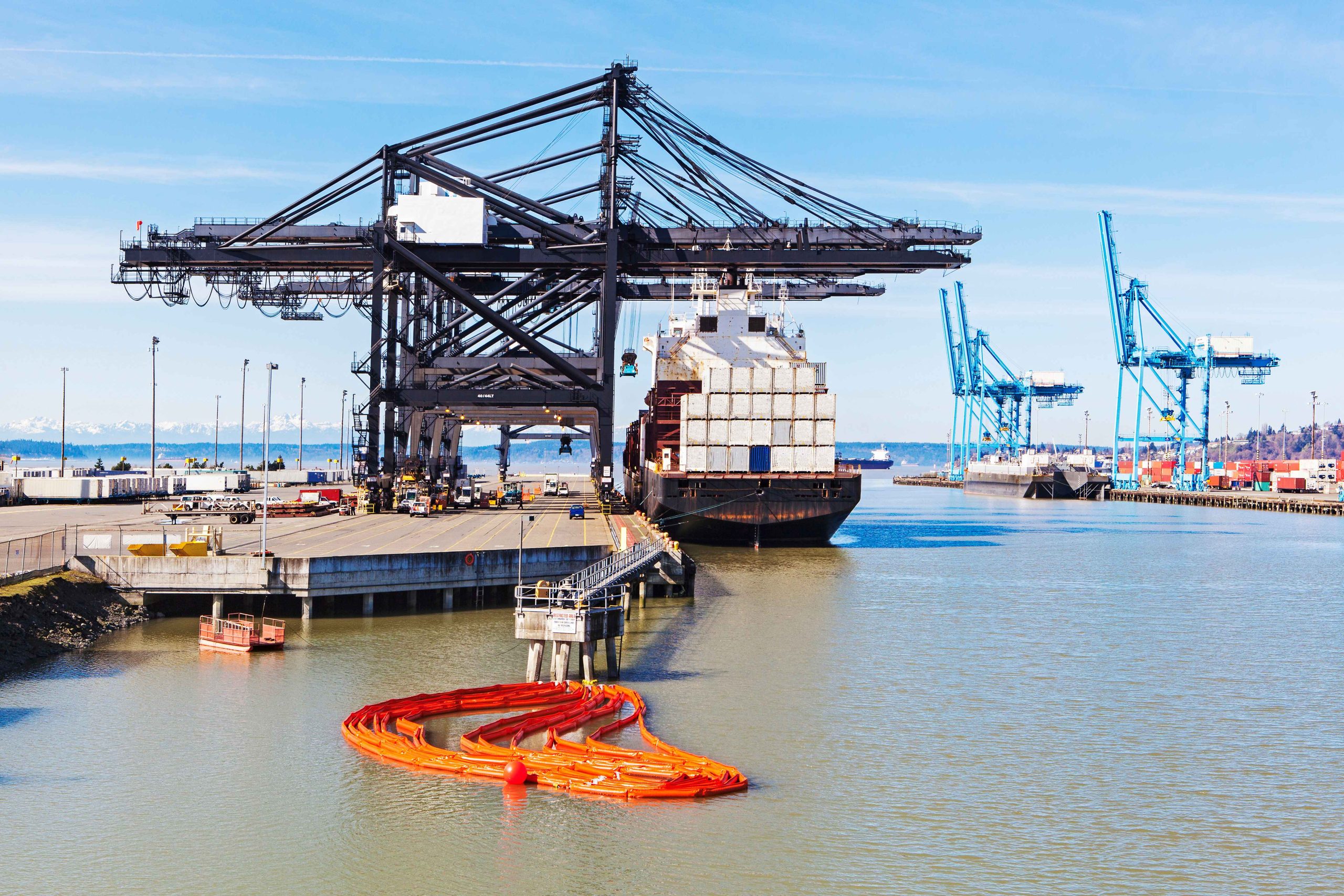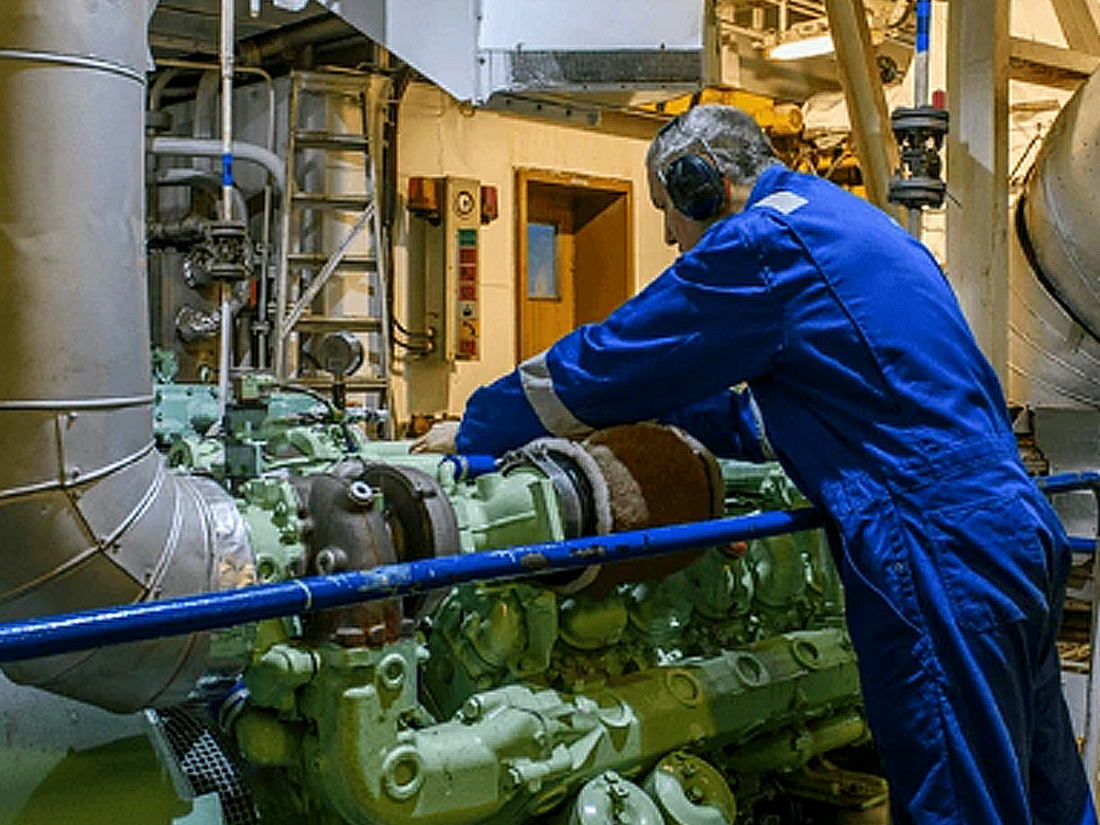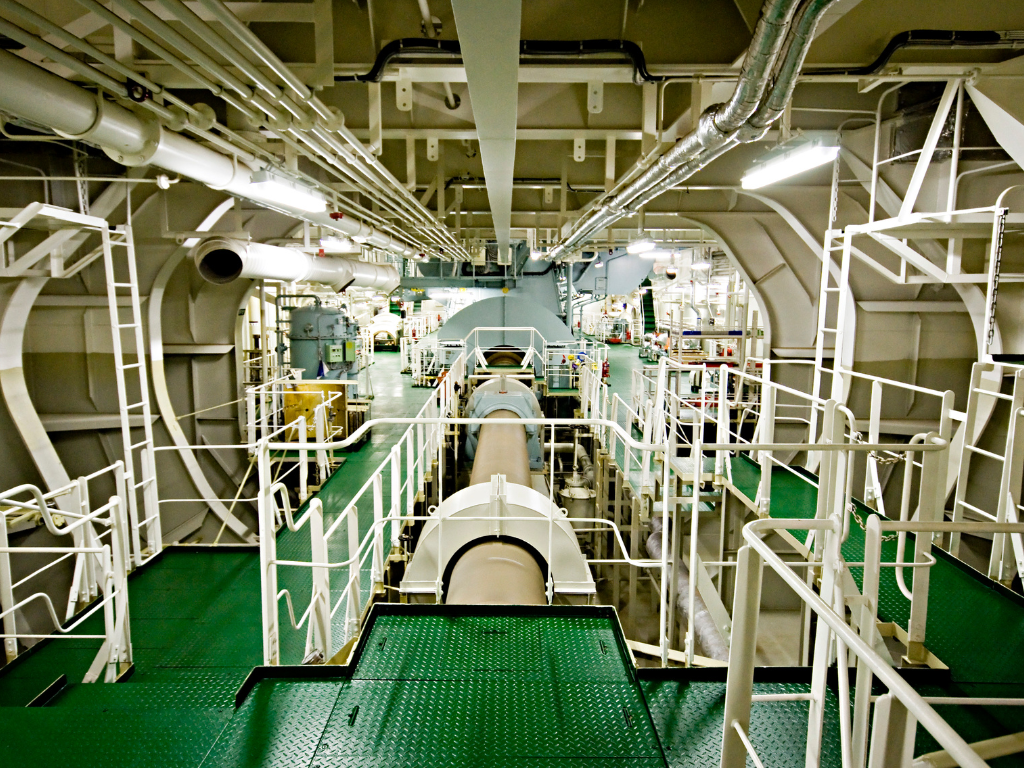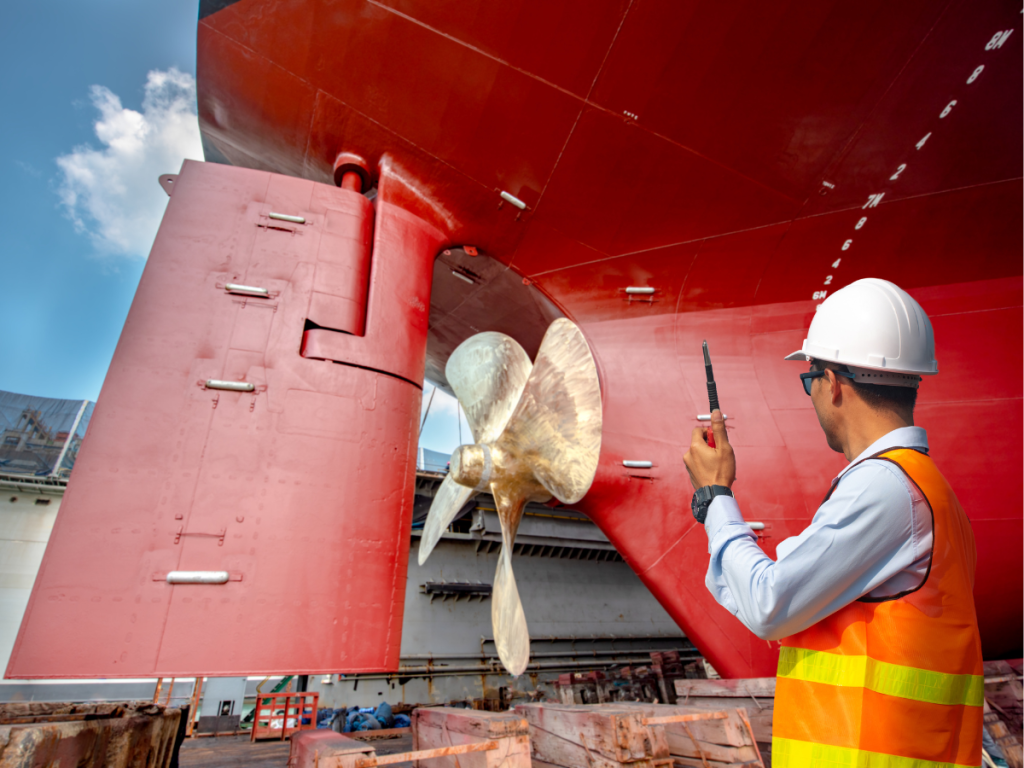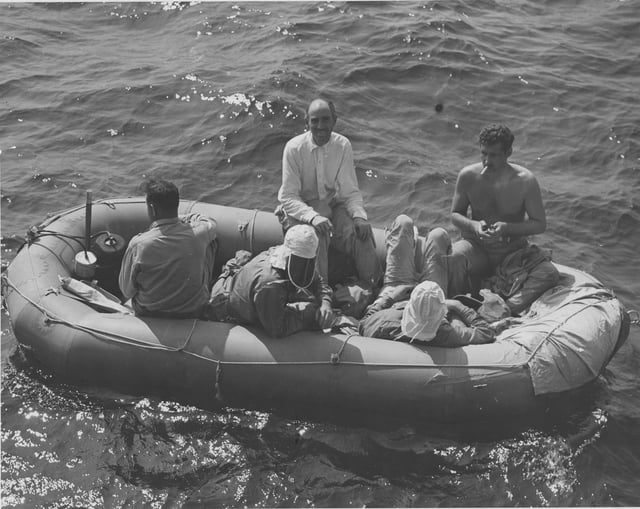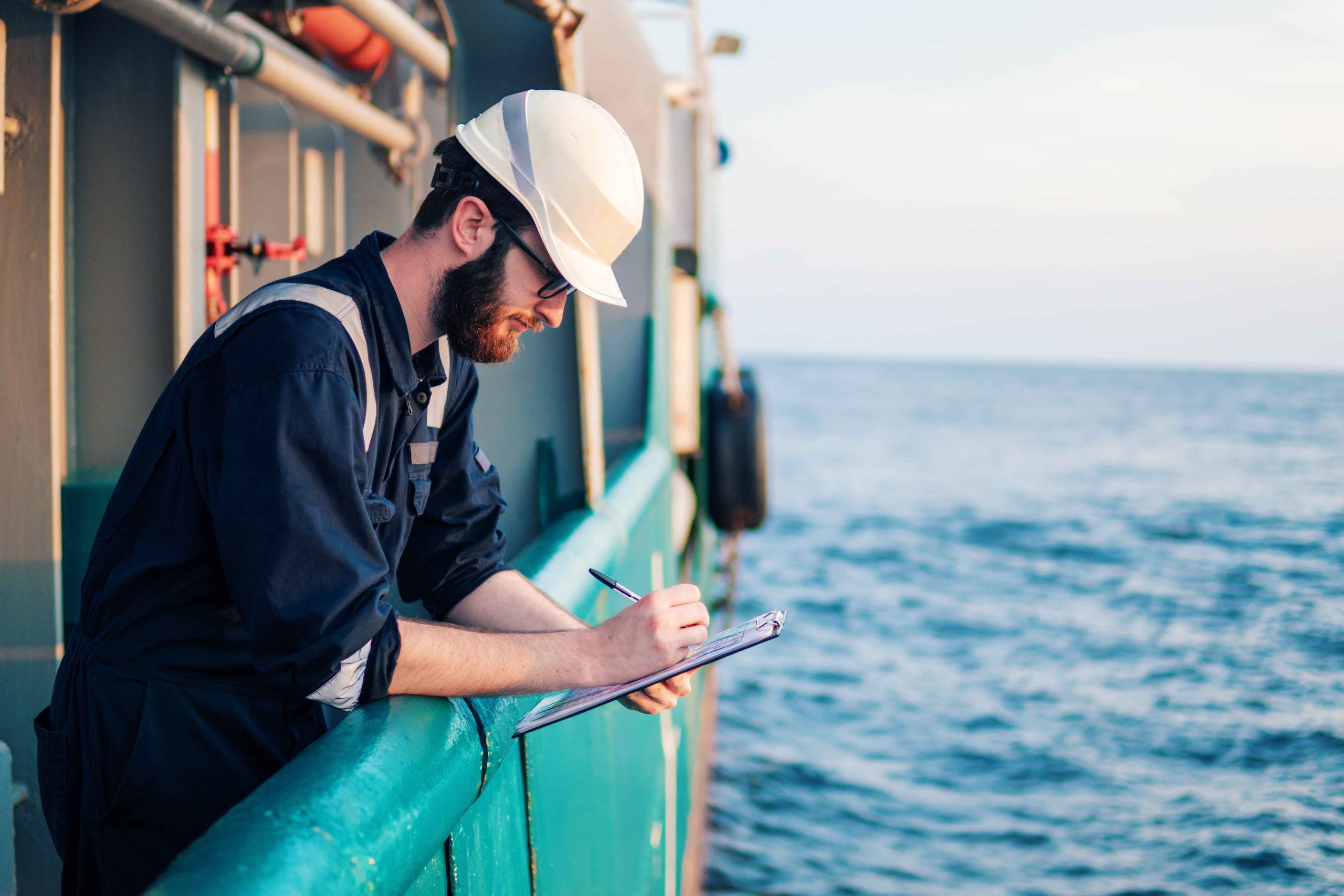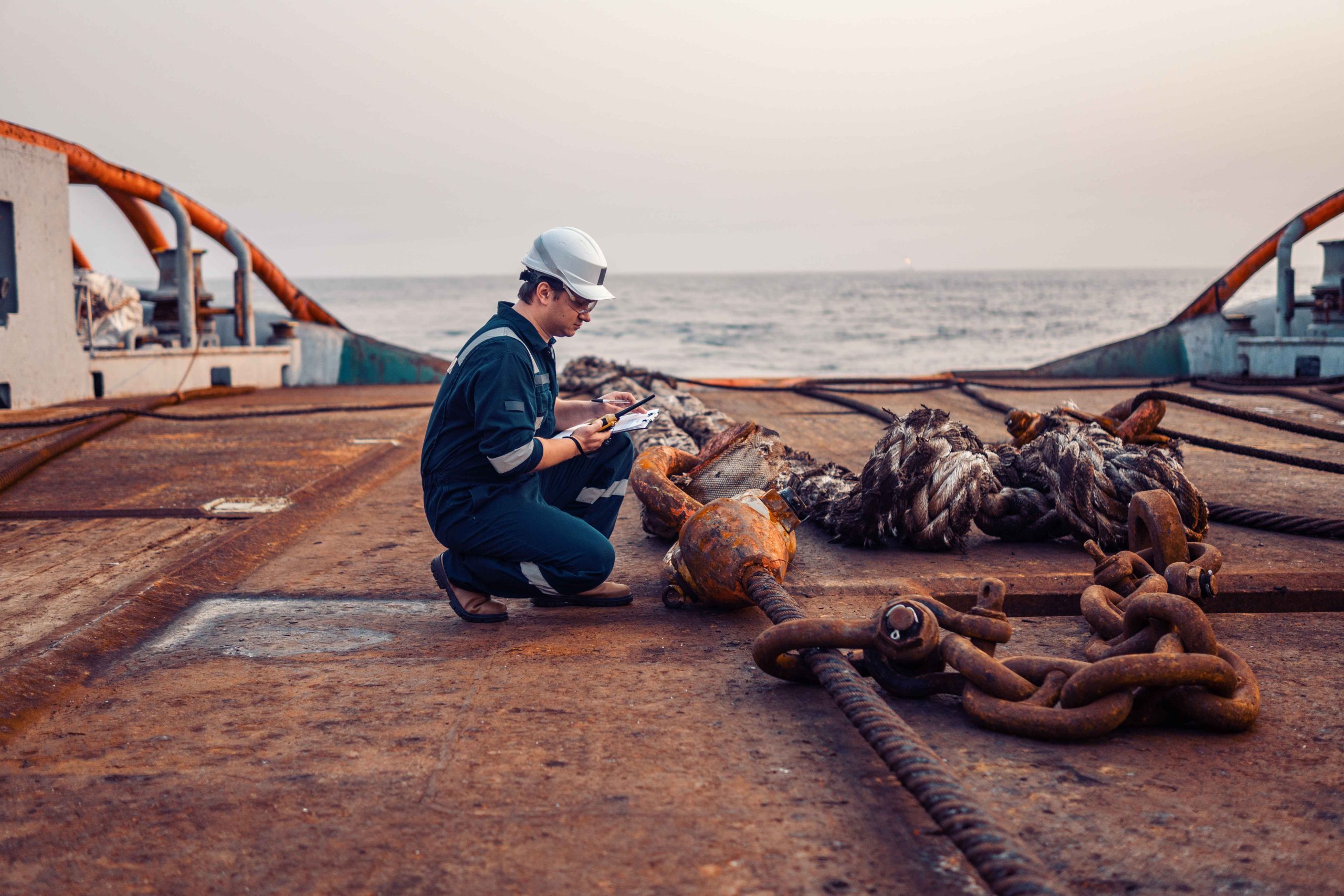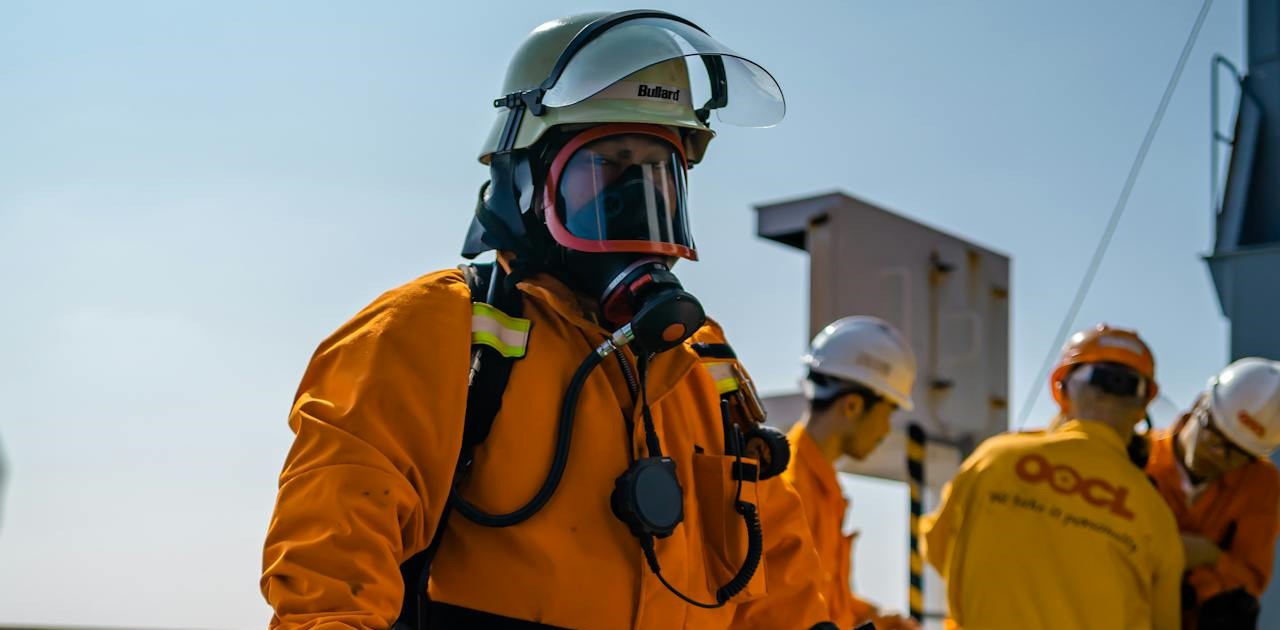The Evolution of Emergency Life Raft Design
Early Liferaft Models
In the early days, liferafts were simple, often rudimentary, and not always reliable. They were typically made of wood or canvas and lacked the sophistication of today’s models. These early liferafts were bulky, difficult to deploy, and not always seaworthy, posing significant risks during emergencies.
Innovations in Material and Construction
As ship safety technology advanced, so did the materials used in emergency life raft construction. The introduction of synthetic materials like neoprene and polyurethane revolutionized liferaft design. These materials are not only durable but also lightweight, making the rafts easier to handle and deploy. Additionally, modern liferafts are designed to withstand harsh maritime conditions, providing better protection against the elements.
Changes in Shape and Structure
The shape and structure of liferafts have also seen significant changes. Early models were often boxy and uncomfortable, but today’s liferafts are ergonomically designed to maximize space and comfort. The inclusion of features like self-righting mechanisms and canopies has further improved their functionality, ensuring that they remain upright and dry, even in rough seas.
Key Features of Modern Liferafts
Durable Materials
Modern liferafts are constructed using high-strength, puncture-resistant materials. These materials are designed to withstand the rigors of the open sea, including extreme temperatures and rough handling. The use of durable materials ensures that the liferaft remains intact and functional when needed most.
Inflation Mechanisms
The development of advanced inflation mechanisms has been a game-changer in emergency life raft design. Automatic inflation systems, activated by contact with water, ensure that the liferaft is quickly ready for use. These systems are equipped with CO2 canisters that rapidly inflate the raft, making it accessible even in emergencies.
Survival Equipment and Supplies
Modern liferafts come equipped with essential survival gear, including water, food rations, first aid kits, and signaling devices. This equipment is vital for sustaining life and signaling for help, especially when rescue is not immediate. Some liferafts even include fishing kits and desalination devices, providing additional means for survival.
Thermal Protection and Insulation
Hypothermia is a significant risk at sea, especially in cold waters. To combat this, modern liferafts are designed with thermal protection and insulation. Canopies and insulated floors help maintain warmth, protecting occupants from the cold and reducing the risk of hypothermia.
Safety Standards and Regulations
International Maritime Organization (IMO) Guidelines
The IMO sets international standards for liferaft design and equipment. These guidelines ensure that liferafts are reliable, safe, and capable of supporting life during emergencies. Compliance with IMO standards is mandatory for all commercial vessels.
SOLAS Requirements
The Safety of Life at Sea (SOLAS) convention outlines specific requirements for liferafts, including the minimum equipment they must carry and the conditions they must endure. SOLAS-certified liferafts undergo rigorous testing to ensure they meet these high standards.
Certification and Testing
Before being approved for use, liferafts must pass various tests, including buoyancy, stability, and durability assessments. These tests ensure that the liferaft can withstand harsh conditions and provide safe refuge for occupants.
Types of Liferafts
Inflatable Liferafts
Inflatable liferafts are the most common type used today. They are compact, easy to store, and can be quickly deployed in an emergency. These rafts are typically made from durable, waterproof materials and are equipped with an automatic inflation system.
Rigid Liferafts
Rigid liferafts are less common but offer unique advantages, such as being permanently buoyant and not requiring inflation. They are often used in situations where rapid deployment is essential, such as on fast-moving vessels.
Self-righting Liferafts
Self-righting liferafts are designed to automatically right themselves if they capsize. This feature is crucial in rough seas, where traditional liferafts might be flipped by waves, leaving occupants stranded in the water.
Open vs. Closed Liferafts
Liferafts can be either open or closed. Open liferafts are easier to access and often used in warm climates, while closed liferafts provide better protection against the elements, making them suitable for cold and harsh environments.
The Role of Technology in Emergency Life Raft Design
Advanced Materials
The use of advanced materials like Kevlar and carbon fiber has further improved the durability and strength of liferafts. These materials are not only lightweight but also resistant to punctures and tears, providing enhanced safety.
Smart Liferafts
The integration of technology has led to the development of “smart” liferafts. These rafts are equipped with sensors and communication devices that can send distress signals and location information to rescuers, significantly improving the chances of a successful rescue.
Integration of Communication Devices
Modern liferafts often include communication devices such as EPIRBs (Emergency Position Indicating Radio Beacons) and VHF radios. These devices are crucial for contacting rescue teams and coordinating efforts during an emergency. This is highly important especially for shipping crews and marine service providers since they are at a higher risk at sea.
The Impact of Emergency Life Raft Innovations on Safety
Improved Survival Rates
The advancements in liferaft design have significantly improved survival rates in maritime disasters. The combination of durable materials, advanced technology, and essential survival gear ensures that occupants have the best possible chance of survival.
Enhanced Resilience in Extreme Conditions
Liferaft innovations have also made these devices more resilient in extreme conditions. Whether it’s harsh weather, rough seas, or prolonged exposure, modern liferafts are designed to withstand it all, providing a safe haven for those in distress.
Case Studies of Liferaft Success Stories
Numerous case studies highlight the life-saving impact of modern liferafts. From solo sailors to entire crews, these stories underscore the importance of having reliable and well-designed liferafts on board.
The Future of Liferaft Design
Emerging Technologies
As technology continues to advance, so too will liferaft design. Emerging technologies such as nanomaterials, AI, and IoT (Internet of Things) are set to revolutionize the next generation of liferafts, making them even more efficient and reliable.
Environmental Considerations
Environmental concerns are increasingly influencing liferaft design. Manufacturers are exploring eco-friendly materials and production methods to reduce the environmental impact of liferafts, ensuring they are not only lifesaving but also sustainable.
The Role of Research and Development
Ongoing research and development are crucial for the continued improvement of liferaft design. By investing in new technologies and materials, the maritime industry can ensure that liferafts remain a reliable and effective means of saving lives.
Conclusion
Liferafts are an essential part of maritime safety, and their design has come a long way from the basic models of the past. The innovations in materials, technology, and safety features have made modern liferafts more reliable and effective than ever before. As we look to the future, continued advancements in emergency life raft design will play a critical role in ensuring the safety and survival of those at sea.
FAQs
1. How long can someone survive in a liferaft?
Survival time in a liferaft depends on various factors, including the availability of food, water, and thermal protection. Generally, with adequate supplies and favorable conditions, individuals can survive for several days to weeks.
2. What should I do if I find myself in a liferaft?
If you find yourself in a liferaft, the first step is to stay calm and assess the situation. Ensure the raft is fully inflated, secure yourself with the safety lines, and conserve resources. Use signaling devices to attract rescuers.
3. How are liferafts maintained and inspected?
Liferafts should be regularly inspected and serviced by certified professionals. This includes checking for damage, ensuring the inflation system is functional, and verifying that survival equipment is present and in good condition.
4. What are the differences between liferafts and lifeboats?
Liferafts are inflatable and compact, designed for temporary use during emergencies. Lifeboats, on the other hand, are rigid, larger, and equipped for longer-term survival. Lifeboats often have engines, making them more versatile for rescue operations.
5. How do I choose the right liferaft for my vessel?
When choosing a liferaft, consider the size of your vessel, the number of people it needs to accommodate, and the typical conditions in which you’ll be operating. It’s essential to select a liferaft that meets all regulatory requirements and is appropriate for your specific needs.
About Us
ARCSHIP guarantees compliance to SOLAS standards regarding lifesaving equipment. Specifically, the liferafts we maintain have certifications especially on crucial aspects such as buoyancy and capacity. In addition, we ensure comprehensive maintenance to avoid issues with the integrity of the structure, the included survival items, and the inflation triggers and systems. For more information on our liferaft service, visit ArcShip.ae.
